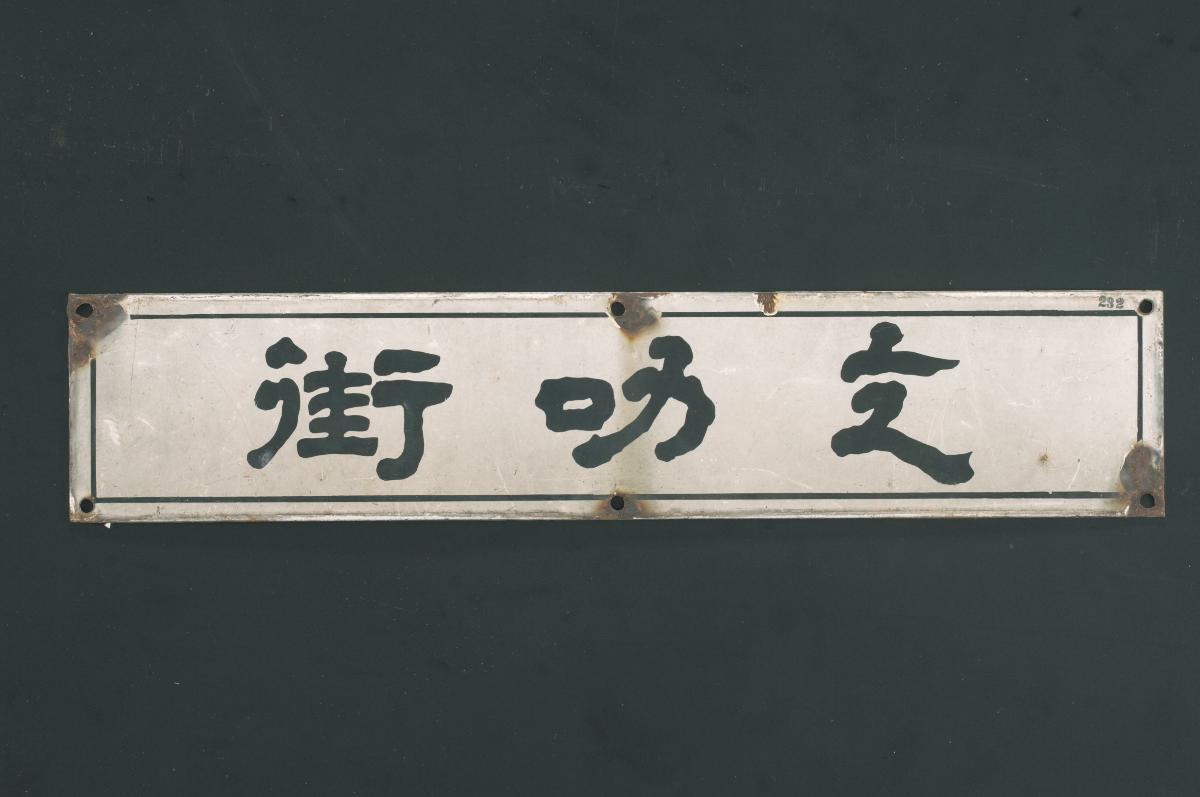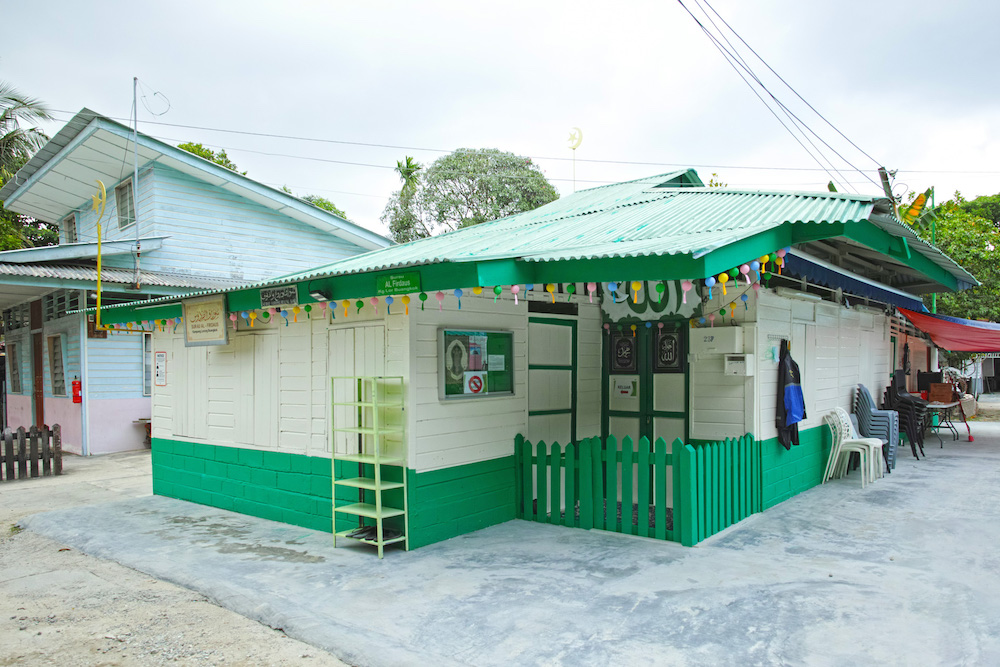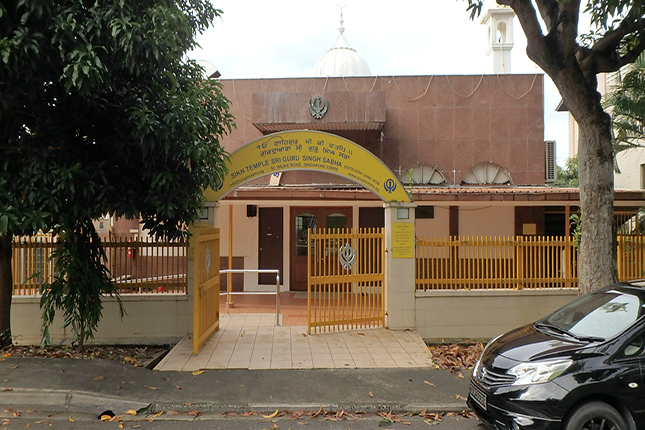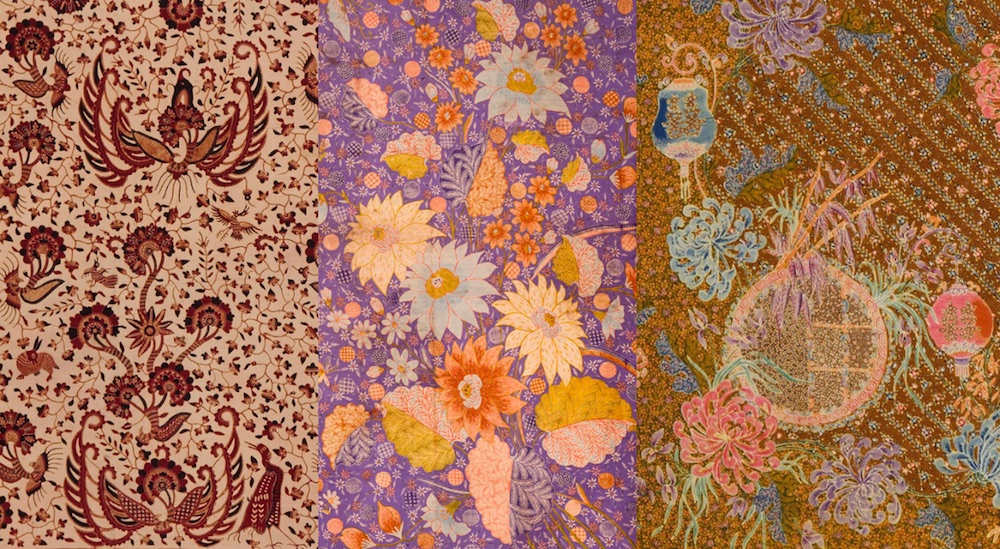Silat
Silat is a broad term that refers to a form of martial arts commonly practised in Southeast Asia. The origins of silat are unclear, and oral folklores regarding the origins and spread of silat differ from region to region.
Although silat consists of certain sets of key footwork, foot stances and movements, there are varying schools of thought and differing practices across Southeast Asia and the Malay Archipelago.
The martial art form is said to incorporate martial arts and weapon forms from both India and China. The assimilative nature of the martial art form arose because of the Southeast Asia’s unique position as a region of confluence of traditions and cultures from neighbouring regions.
Associated Social and Cultural Practices
Silat may be translated as “fighting by techniques of self-defence” involving mental spirit and includes components that cuts across the disciplines of art and culture, self-defence, and sport.
In Indonesia, “pencak silat” can be accompanied by musical instruments such as gendang (two-headed small barrel drum), gong and terompet (double-reed aerophone). Sometimes, the musicians will animate the movements of silat with aptly-placed intervals and punctuated slaps. The origins on how music was incorporated into silat remain uncertain.
Silat training is also used to transmit the values of respect and responsibility onto younger students by senior practitioners, and as a vehicle at times for basic instruction in Islamic prayers and religious ablutions.
Silat also has a considerable presence in Singapore’s sporting scene, and continues to be competed at various international sporting events such as the biennial Southeast Asian (SEA) Games. Prominent silat athletes include Shakir Juanda (2012 and 2016 Pencak Silat World Championships gold medalist), and father-son duo Sheik Alauddin bin Yacoob Marican (1990 and 1994 Pencak Silat World Championships gold medalist) and Sheik Farhan Sheik Alau'ddin (2015 and 2017 SEA Games gold medalist).
Communities Involved
Practitioners of silat are usually called ‘pesilat,’ and the martial art has been considered to have played a role in the evolution of the social and cultural identity of the Malay community in Singapore.
Many of the early members of Malay martial arts groups migrated to Singapore from various parts of Southeast Asia such as Sumatra, Java, Sulawesi, the Riau-Lingga islands and the Malay Peninsula in the 19th to 20th centuries. They settled down in Singapore and established the earliest martial arts schools.
By practicing silat, these groups established connections to their historical and cultural roots, and endeavoured to embody and impart the values of their founders. The Singapore Silat Federation in Singapore, as well as various silat clubs and associations, actively conduct education and promotion programmes to raise awareness on this marital art form.
Experience of Practitioners
Mr Abdullah Bari and Mr Abdul Kadir bin Mohammad Kasim - Perguruan Pencak Pokolan Bawe’an
Mr Abdullah Bari and Mr Abdul Kadir bin Mohammad Kasim are the co-founders of Perguruan Pencak Pokolan Bawe’an which is a Baweanese silat school style that originates from Bawean island in Indonesia, and has been practiced in Singapore since the 1950s. This style of silat is practiced as a form self-defence and involves the use of empty hand techniques, locks, counter-locks, and strikes to achieve victory over an opponent, and is the only school style to employ swordplay in its practice in Singapore. In addition to being a martial art form, Mr Bari’s and Mr Kadir’s silat school also takes part in pencak silat performances - which are typically performed at festive events such as weddings as a mark of respect to the bride and groom. Today, Mr Bari and Mr Kadir conduct training at various locations in the east of Singapore , and are proud of the fact that they also have students from outside the Baweanese community who continue to keep this practice thriving.1
Guru Andi Mohammad Faisal bin Nordin – Amanca Temasek
The Amanca Temasek silat school practices a Bugis-style of silat. It was first taught in Singapore by La Singkerru Rukka Karaeng Abdullah in the 19th century, and is an ancestor of the groups’ current head trainer Guru Andi Mohammad Faisal bin Nordin. The descendants who inherited and trained in this particular silat style continue to transmit values and skills to students and members of the community to this day. What is often communicated by Guru Andi Faisal, is that practicing silat allows the students, many of whom are descendants of Bugis immigrants to Singapore, to reconnect with their Bugis heritage and culture.
Watch: Lintas Nusantara: Balada Nusantara Digital Showcase
1https://www.roots.gov.sg/stories-landing/stories/Uncovering-the-History-Culture-and-Memory-of-Singapore-Silat-Groups-Part-2" style="color: blue;">Uncovering the History Culture and Memory of Singapore Silat Groups Part 2 (roots.gov.sg)
Geographic Location
While sources on the origins of silat may differ, it continues to be practiced in countries in Southeast Asia such as Indonesia, Malaysia, Brunei, and Singapore. The martial art form is referred to as “silat Melayu” in the Riau Islands, and as “pencak silat” in Indonesia.
In Singapore, the practice of silat can be traced back to immigrants from the surrounding region to Singapore after it was established as a British trading outpost in 1819. Some of these immigrants were believed to be skilled practitioners of the martial art form, and established communities and villages to teach their form of silat.
Present Status
Increasingly, silat has been practised as a competitive sport in national, regional, and international competitions. In Singapore, it is practised frequently as a sport and there are schools and federations that continue to actively promote this martial art form. Silat also continues to serve as a platform in which cultural and moral values are continued to be imparted onto the younger generation by experienced practitioners within these schools and communities.
References
Reference No.: ICH-014
Date of Inclusion: April 2018; Updated March 2023, March 2024
References
Mason, Paul H. and Paetzold, Uwe U. The Fighting Art of Pencak Silat and its Music: From Southeast Asian Village to Global Movement. Leiden: Brill, 2016.
Mathews, Mathew. The Singapore Ethnic Mosaic: Many Cultures, One People. Singapore: World Scientific, 2017
Mohamed Effendy, Silat Seni Gayong PASAK Singapura: a historical legacy. Singapore: Silat Seni Gayong Perkumpolan Anak-Anak Sandiwara Angkata Kesenian (PASAK), 2017.
Osman, Mohamed Shamir Mohamed. “Silat: Host Singapore targets six golds at the World Pencak Silat Championship” The Straits Times.12 December 2018.
Singapore Silat Foundation (2015) “About Us”, https://persisi.org/about-us/. Accessed 28 December 2017.
Shamsuddin, Sheikh. The Malay Art of Self-Defense: Silat Seni Gayong. California: North Atlantic Books, 2005.

















